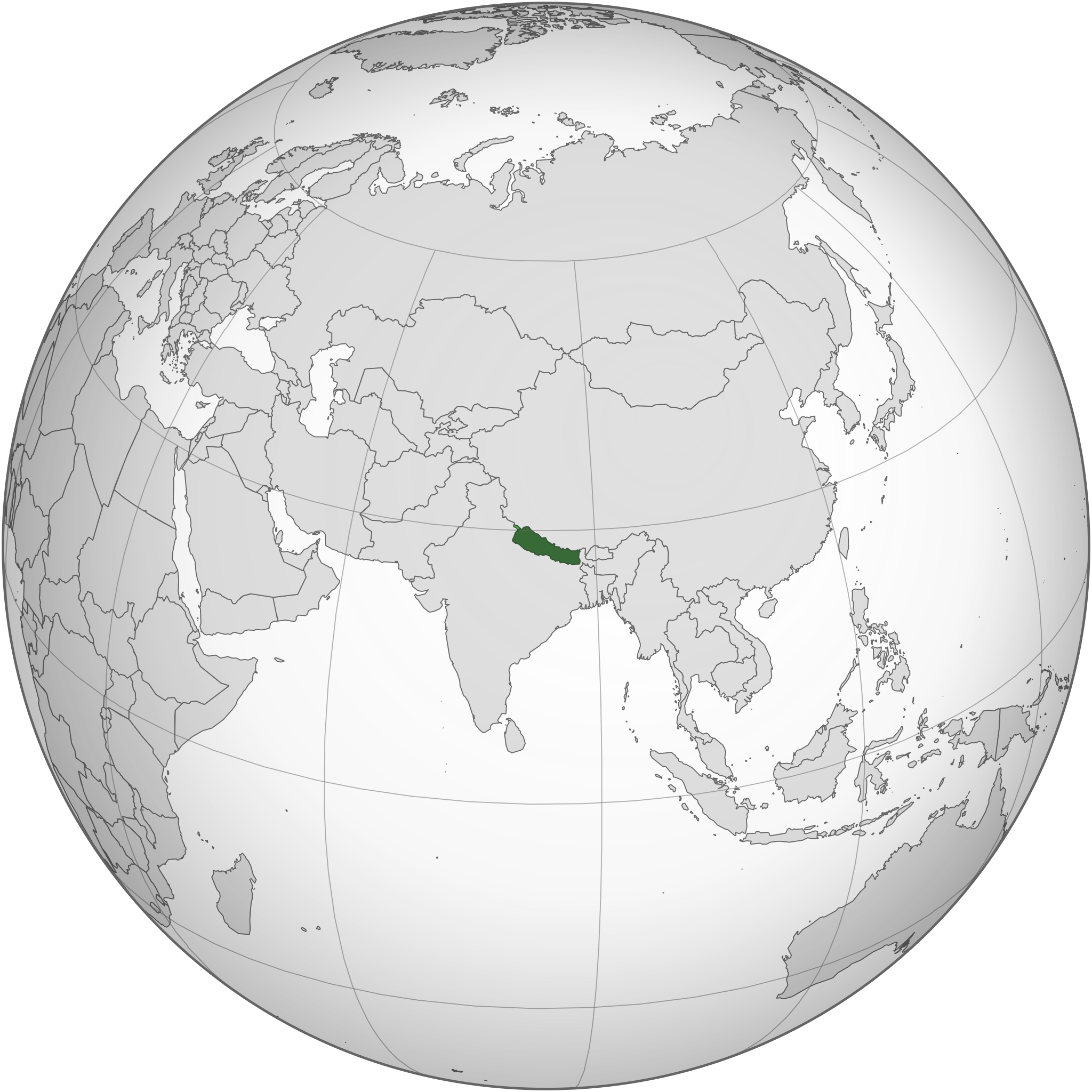Federal Democratic Republic of Nepal: Difference between revisions
(Created.) Tag: Visual edit |
(Nepal is kind of Socialist. Considering that like most of the political parties in Nepal are socialist.) Tag: Visual edit |
||
| Line 9: | Line 9: | ||
In 1990, a new constitution was adopted that established an elected government and limited the powers of the monarch.<ref>{{Citation|author=Spyros Sakellaropoulos|year=2011|title=On the Causes of the Civil War in Nepal and the Role of the Communist Party of Nepal (Maoist)|title-url=https://ojs.library.ubc.ca/index.php/clogic/article/view/190926/188505|page=1–9}}</ref> | In 1990, a new constitution was adopted that established an elected government and limited the powers of the monarch.<ref>{{Citation|author=Spyros Sakellaropoulos|year=2011|title=On the Causes of the Civil War in Nepal and the Role of the Communist Party of Nepal (Maoist)|title-url=https://ojs.library.ubc.ca/index.php/clogic/article/view/190926/188505|page=1–9}}</ref> | ||
As of 2008, Nepal became a Socialist Multiparty Democracy | |||
== References == | == References == | ||
[[Category:Countries]] | [[Category:Countries]] | ||
Revision as of 22:33, 28 May 2022
| Federal Democratic Republic of Nepal सङ्घीय लोकतान्त्रिक गणतन्त्र नेपाल | |
|---|---|
 | |
| Capital and largest city | Kathmandu |
| Official languages | Nepali |
| Area | |
• Total | 147,516 km² |
| Population | |
• 2018 estimate | 28,095,714 |
Nepal, officially the Federal Democratic Republic of Nepal, is a landlocked country in South Asia.
History
In 1769, Nepal was united under the Hindu Shah dynasty. After being defeated by the British East India Company, Nepal became a British protectorate. In 1846, most of the royal family was killed in the Kot massacre and military administrator Jang Bahadur Rana took power, establishing the Rana dynasty. The Rana dynasty was a constitutional monarchy and it assisted the British in their invasions of Tibet and Afghanistan and in the First World War. During this period, land was given to private owners and Nepal became a feudal country. In the 1920s, the British recognized Nepal as an independent state.
The Rana dynasty ended in 1951 when King Tribhuvan fled to India. After an armed conflict began, India intervened and established a provisional government that included members of the royal family. In March 1951, Tribhuvan was given the ability to issue edicts, and full executive power was given to the king in September 1952. Tribhuvan died in 1955 and was succeeded by Mahendra, who ruled until 1971. In 1959, Mahendra allowed elections to held, which were won by the Nepali Congress. In 1960, King Mahendra dissolved the parliament and returned to being an absolute monarch.
In 1990, a new constitution was adopted that established an elected government and limited the powers of the monarch.[1]
As of 2008, Nepal became a Socialist Multiparty Democracy
References
- ↑ Spyros Sakellaropoulos (2011). On the Causes of the Civil War in Nepal and the Role of the Communist Party of Nepal (Maoist) (pp. 1–9).